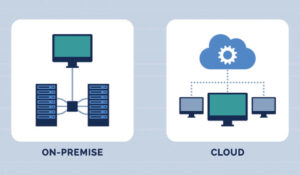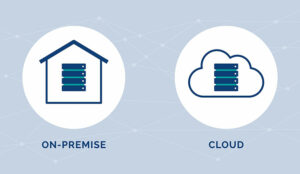Colin Whelan of Aspect talks though how premises-based workforce management will hold you back with old technology and how cloud-based solutions will rocket you into the future.
Cloud technology for implementing and administering workforce management (WFM) technology is becoming increasingly important to businesses that are under pressure to maximise workplace productivity, reduce expenditure and improve their bottom line.
In our current economic climate of uncertainty and instability, all processes need to be managed and deployed appropriately, and given the important role WFM plays in ensuring the smooth running of an organisation, it’s paramount that it can function in an agile manner.
Although keeping WFM capabilities on-premise still works well for some businesses, many are being hampered by ineffective legacy equipment and cumbersome practices, which are restricting growth and having a negative effect on long-term financial success. To help tackle these issues, managers and procurement leaders should be made aware of the advantages of a cloud-based strategy and helped to break free of their fixation with on-premise infrastructure.
The prevalence of mobile devices and growing popularity of remote working has made WFM solutions a necessity to successfully manage staff working across different sites. The most effective solutions will incorporate features such as employee scheduling, analytics, reporting and enquiry resolution metrics in a way that caters to the needs of the flexible modern worker. Cloud has this flexibility at its heart but making its presence more widespread is about better extolling its virtues and making the financial benefits clear.
To build this confidence in cloud, IT and business leaders need to break free from the heavily ‘on-premise mindset’ that has permeated the early days of WFM technology and focus more heavily on how they can be more innovative when it comes to driving worker efficiency.
Hosting WFM on-premise was clearly the most viable option in the past, and there are reasons businesses may want to keep it this way – such as security concerns or a simple desire to keep data closer to home. However, any business hoping to remain ahead of its competitors should always be looking at how improvements can be made, as anything that increases workforce efficiencies will always have a long-term financial benefit. For example, one advantage of cloud-hosted WFM is the speed of access to innovation and its ability to update immediately, which is being reported as a major benefit by early adopters.

Colin Whelan
Making the most of cloud from a WFM perspective is about being open to change and willing to embrace new ways of working from the top. If leaders are willing and able to do this, the added flexibility and agility that cloud can offer will filter down throughout the organisation, leading to greater employee engagement and, ultimately, improved customer satisfaction.
This blog post has been re-published by kind permission of Alvaria – View the Original Article
For more information about Alvaria - visit the Alvaria Website
Call Centre Helper is not responsible for the content of these guest blog posts. The opinions expressed in this article are those of the author, and do not necessarily reflect those of Call Centre Helper.
Author: Alvaria
Published On: 6th Mar 2019 - Last modified: 12th Mar 2019
Read more about - Guest Blogs, Alvaria






 Alvaria was founded through the merger of Aspect Software and Noble Systems, technology leaders in Customer Experience (CX) and Workforce Engagement solutions
Alvaria was founded through the merger of Aspect Software and Noble Systems, technology leaders in Customer Experience (CX) and Workforce Engagement solutions 








